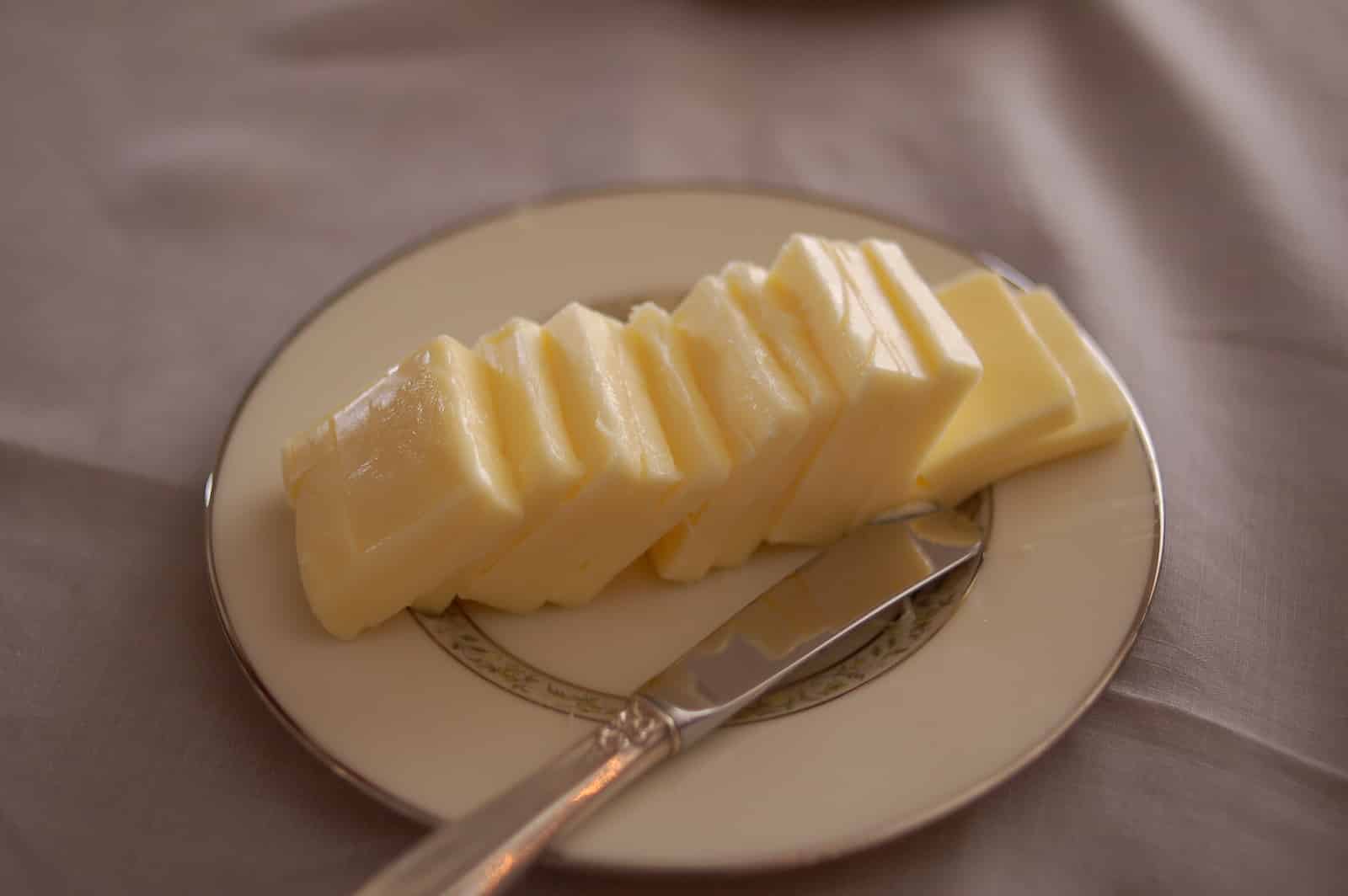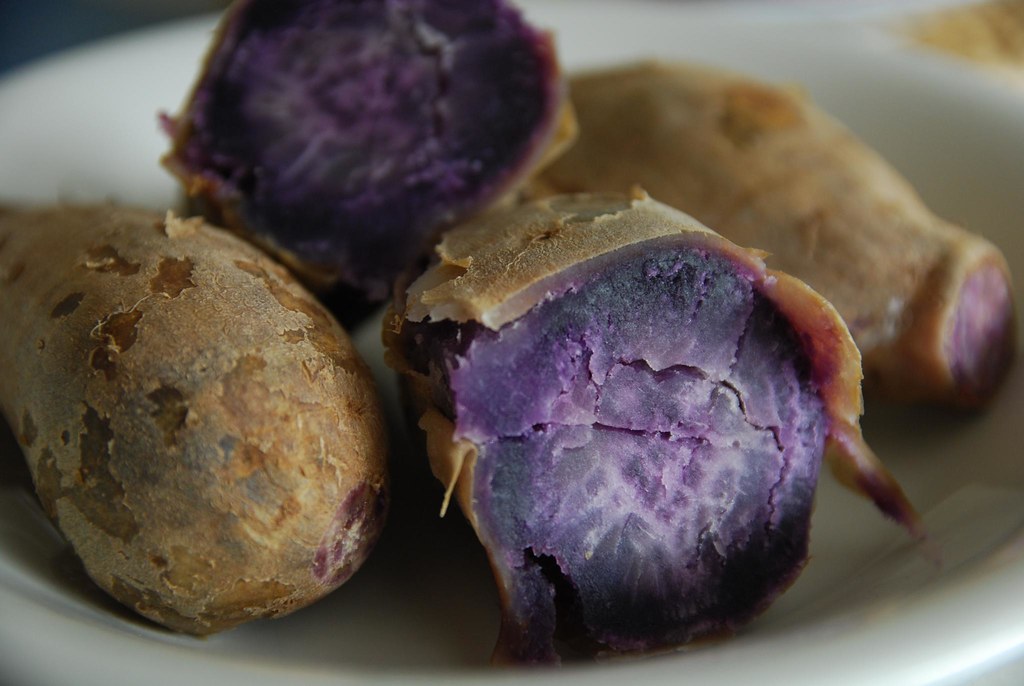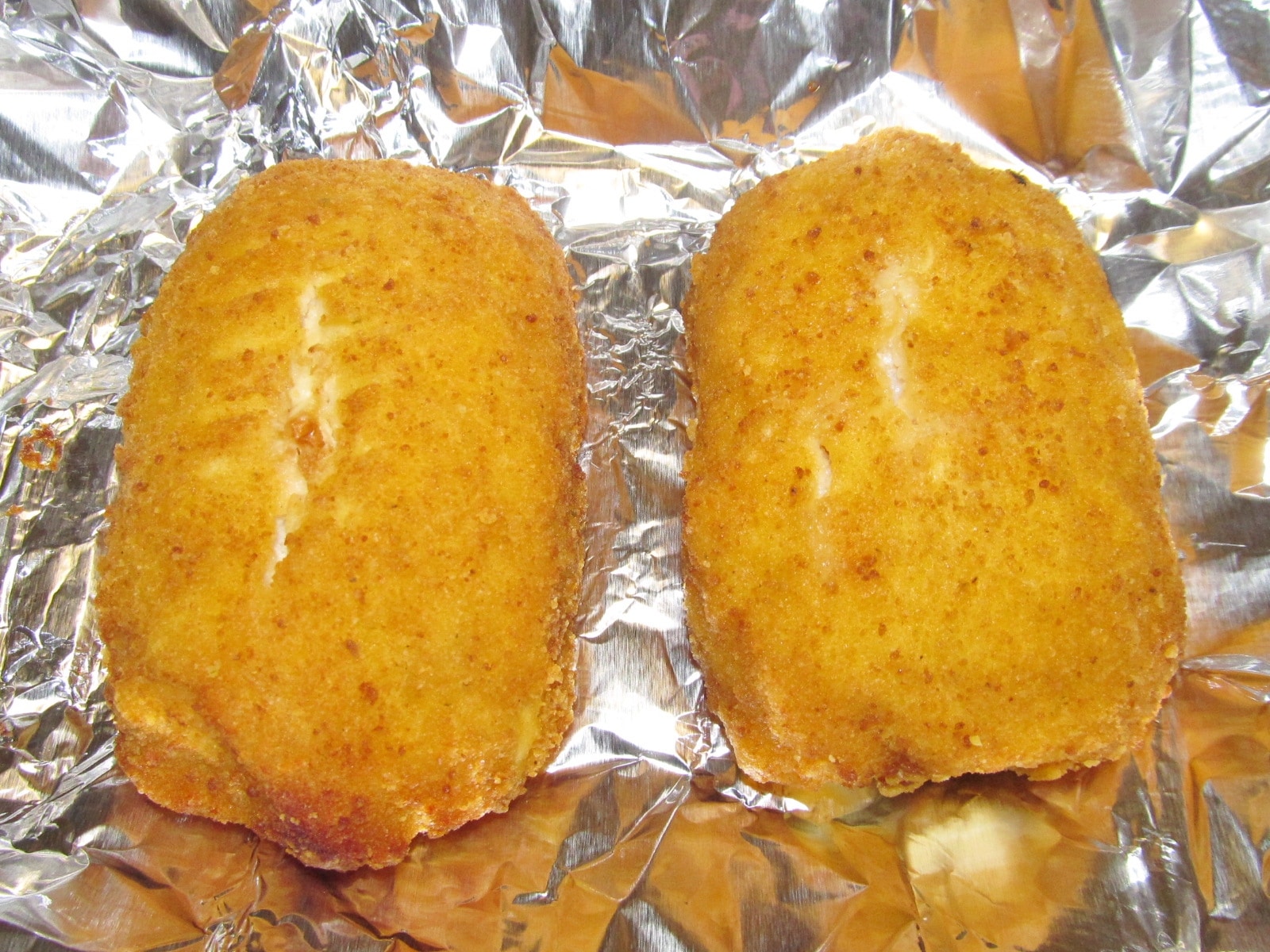Protein matters a lot, but meat or fish doesn’t have to be the only way to get it. Protein powder acts like a magic helper, bringing in strong nutrition without any fuss. People looking for quick meals or bigger muscles call it a total game changer. Some powders deliver as much protein as a big steak and blend right into shakes or smoothies in no time. Picture gulping down a quick shake after working out that speeds up muscle repair and keeps energy high all day long. Wonder how this simple trick can make eating and training easier without losing flavor? Keep reading to find out how protein powder could flip your meal routine and boost your gains.
It’s easy to add this healthy supplement to smoothies or even just sprinkle some on top of foods like oatmeal.
While protein powder is generally considered safe to consume, there have been cases where people have gotten sick after using protein powder that has gone bad.
If you don’t know how to tell if your protein powder is good or bad, read on to learn what the signs of bad protein powder are and how to avoid them.
How long does protein powder last?
As with any type of food product, the shelf life of protein powder depends on how well it was stored.
For example, if you buy protein powder in a bag, it will probably expire within six months.
However, if you purchase it in bulk and store it in an airtight container, it could stay fresh for up to two years.
The best way to ensure your protein powder lasts as long as possible is to store it in a cool, dark location.
Ideally, you should keep it away from heat sources like sunlight, microwaves, and refrigerators.
This will help preserve its nutrients and prolong its shelf life.
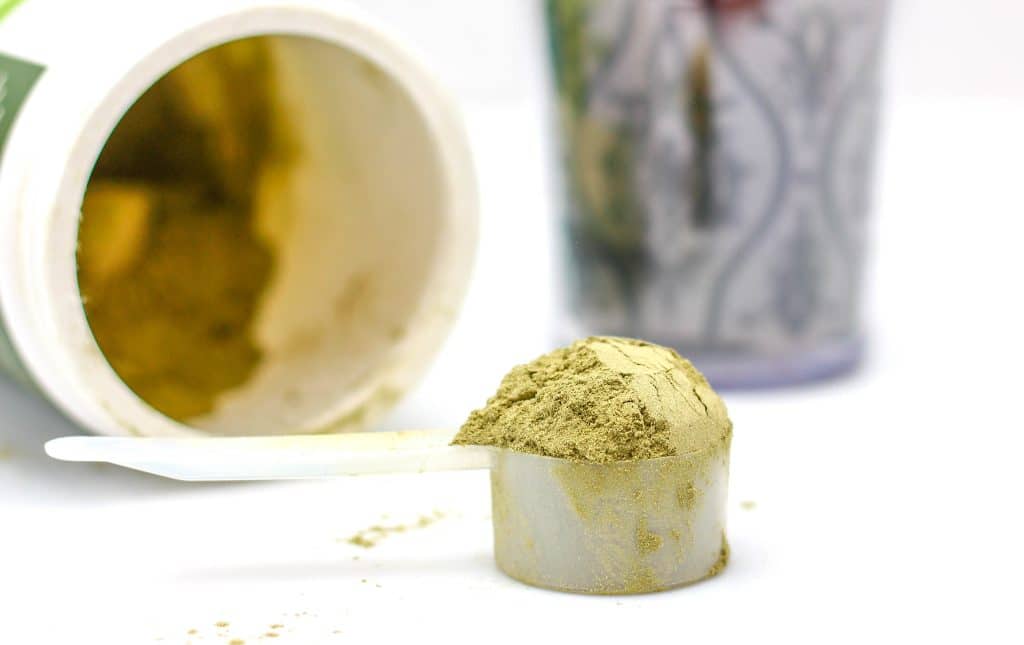
Does protein powder go bad?
Yes, protein powder can go bad.
And while it may seem hard to believe at first, it’s true.
The main reason why this happens is because of improper storage conditions.
For instance, if you buy protein powder in a plastic bag, chances are it will go bad before you eat all of it.
As mentioned above, proteins degrade quickly when exposed to heat, so storing protein powder in a plastic bag can cause it to spoil faster than it would otherwise do.
Also, if you open the bag and leave it sitting out in the sun, the moisture inside will eventually seep through and start to break down the protein, too.
In addition to these factors, the quality of the protein powder itself matters.
While whey protein powder is considered the most stable form of protein powder, casein protein powder is also widely used.
Casein protein powder contains calcium which can cause problems for those with kidney issues.
However, if you’re not concerned about your health, you can still enjoy a wide variety of protein powders that are made from different types of protein.
There are pea protein powders, hemp protein powders, and even rice protein powders available.
These powders are often cheaper than others, but they tend to have shorter shelf lives due to their lower nutritional value.
When purchasing protein powder, always check the expiration dates on the packaging.
You should also make sure to stick with high-quality brands that offer free shipping so you can rest assured that your protein powder won’t go bad before you get a chance to use it.
How can you tell if protein powder is bad?
There are several ways to tell whether your protein powder is bad or not.
Here are three things you should look out for:
1. Smell
You should never smell anything off when you open your protein powder container.
When the protein powder is new, you should notice no unpleasant odors whatsoever.
But if you find yourself smelling something, it’s probably bad.
2. Taste
You should also taste your protein powder before consuming it.
If it tastes bad, it’s probably bad.
If it doesn’t taste bad, then it’s probably fine to use.
Remember, though, that some protein powders contain additives such as sweeteners, artificial flavors, and preservatives.
3. Color
Another sign that your protein powder is bad is if it turns brown or yellowish in color.
This is usually caused by oxidation, which occurs when the protein powder interacts with oxygen.
What are the signs of protein powder going bad?
If your protein powder starts to turn darker in color or smells funky, it’s likely that it’s starting to become rancid.
This means that it’s losing its nutritional value and becoming less effective at helping you build muscle and lose weight.
Other signs that your protein powder is bad include mold growing inside the container, clumps forming inside the powder, and particles floating around in the container.
Some of these signs may indicate that the protein powder is contaminated with bacteria or other harmful microorganisms, so it’s important to discard it immediately.
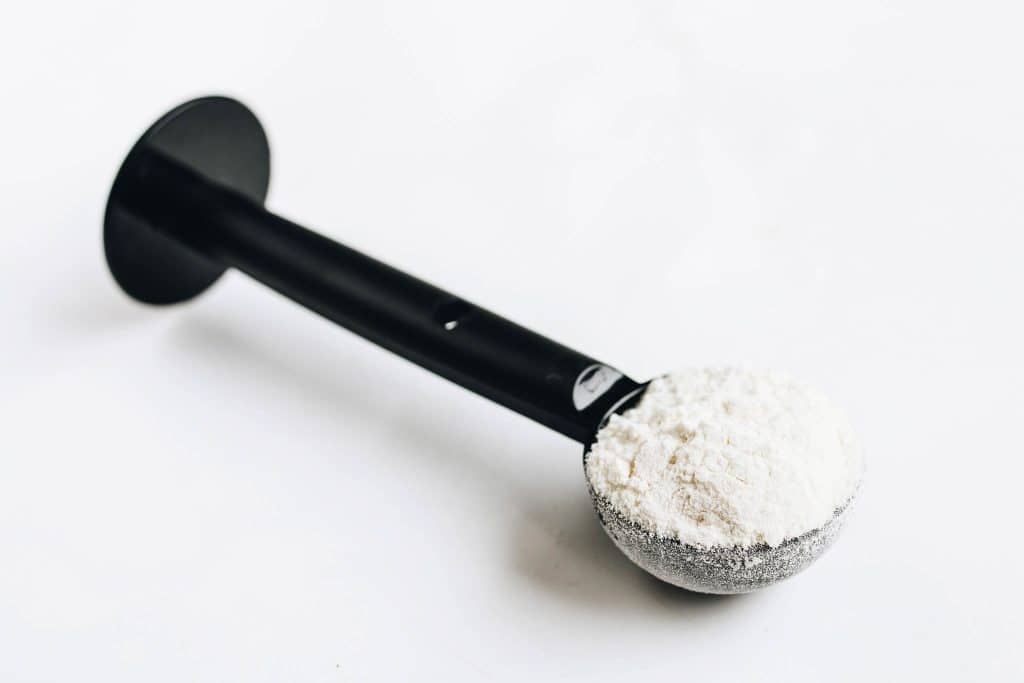
What causes protein powder to go bad?
The main reason why protein powder goes bad is because of improper storage conditions.
While the majority of us are pretty careful with our food products, we sometimes forget to take proper precautions when it comes to protein powder.
For example, if you buy protein powder in a plastic bag, it will probably go bad before you finish eating all of it.
In addition to the fact that plastic bags are porous, they can also leak moisture, which can lead to the degradation of the protein.
Even worse, if you leave the plastic bag outside in the sun, the protein powder will absorb the moisture and begin to deteriorate.
One thing you should do is to store your protein powder in an airtight container.
This will help protect it from any contaminants that may enter the container.
A common mistake people make is to store protein powder in the refrigerator, which actually makes it harder to maintain its freshness.
How can you prevent protein powder from going bad?
It’s important to follow these tips whenever you purchase protein powder:
1. Store your protein powder in a cool, dry place
This is one of the most important steps you can take to ensure that your protein powder stays fresh.
You want to make sure that you store your protein powder in a cool, dry area so that it doesn’t interact with any contaminants like dust, dirt, humidity, or moisture.
Ideally, you should store your protein powder in a refrigerator or freezer.
However, if you choose to store it in a cooler, make sure to keep it away from direct sunlight.
Additionally, if you live somewhere with extreme temperatures, try to keep your protein powder somewhere between 50 degrees Fahrenheit and 70 degrees Fahrenheit.
2. Don’t reuse your protein powder containers
Once you’ve finished using your protein powder, it’s a good idea to throw out the container and buy a new one.
This will help minimize the amount of bacteria that gets introduced into your protein powder.
You can also consider buying a reusable container instead of a disposable one.
What are the consequences of eating bad protein powder?
Eating protein powder that has gone bad isn’t necessarily dangerous, but it can definitely affect your health.
If you decide to consume a protein powder that has gone bad, you risk getting sick because it contains harmful bacteria or other microorganisms.
This can result in stomach upset, diarrhea, or even food poisoning.
Additionally, if you accidentally consume protein powder that has gone bad, it can negatively impact your body’s ability to absorb essential vitamins and minerals.
This can result in vitamin deficiencies or even nutrient imbalances.
In addition, protein ice cream is a wonderful supply of the beneficial fats needed for hormone production, cognitive wellness, and joint health. The recipe below will satisfy you.
What happens if you use bad protein powder?
Since protein powder can go bad, it’s important to make sure that you only use the highest-quality brands.
If you don’t, you run the risk of ingesting protein powder that has gone bad.
If this happens, it’s possible that you could experience gastrointestinal distress, nausea, vomiting, diarrhea, or even dehydration.
Other symptoms you may experience include headaches, dizziness, fatigue, and/or joint pain.
If you suspect that you’ve consumed protein powder that has gone bad, consult with a doctor right away.
They can help diagnose you if you have a bacterial infection or another illness.
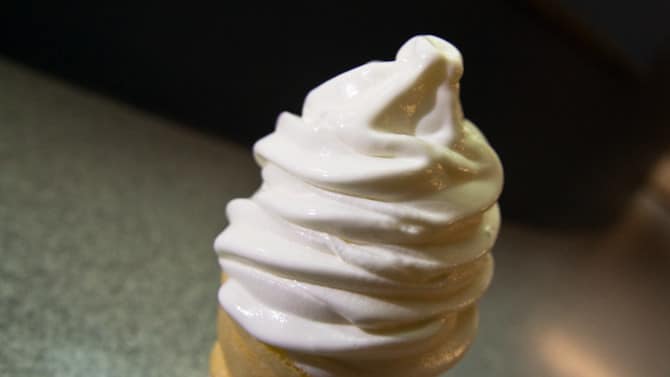
Protein Ice Cream Recipe: The Perfect Post-Workout Snack
Ingredients
- 1 scoop protein powder
- 1/2 cup milk
- 1 tablespoon avocado
- 1-2 tablespoons cocoa powder
- 1/2 cup frozen berries
Instructions
- The first step is to mix one scoop of protein powder with one cup of milk or water.
- If you want a thicker shake, then use milk. If you want a thinner shake, then use water.
- Next, add other ingredients, such as fruit, yogurt, or peanut butter.
- Finally, blend everything until it is smooth.
- Enjoy your protein shake immediately after making it.
Video
Nutrition
- What Is Swiss Steak? - November 30, 2025
- How Long Do Frozen Bananas Last? - November 30, 2025
- How Long Can Tuna Stay In The fridge? - November 30, 2025
